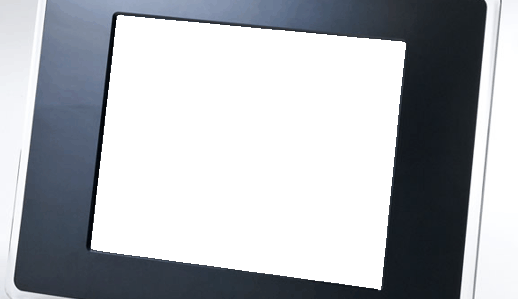TBR: Animals in Translation
January 10th, 2006This week’s book is Animals in Translation: Using the Mysteries of Autism to Decode Animal Behavior, by Temple Grandin and Catherine Johnson. Grandin is well known for being a high-functioning autistic person who has written and speaks extensively about autism, and who has done groundbreaking work on the treatment of animals in slaughterhouses.
When I picked up the book, I knew that Grandin had said that her autism had helped her understand animals better. My vague impression was that her claim was, since her autism meant that it took conscious effort for her to see the world from others’ perspective, it didn’t take much more effort for her to see it from animals’ perspective. In fact, her claim is more radical than that — she argues that in many ways, people with autism see the world in a way that has more in common with how animals see it than with how neuro-typical humans see it — more visual, but also less filtered by generalizations, expectations and assumptions.
Grandin and Johnson write a bit about this video, which shows a group of people passing basketballs. Go ahead and download it, and then watch it and count how many times the people in white pass the basketball. Don’t read on until you’ve counted.
The first time I was shown this video (sometime last year, long before I read the book), I totally didn’t see the gorilla. It’s apparently a well-known phenomenon. Grandin argues that no animal — and no person with autism — would ever make that mistake.
The book was interesting, although a bit meandering. I don’t find cows an inherently fascinating topic, but Grandin and Johnson do a good job of tying Grandin’s work on cows to discussions of more popular animals such as dogs, as well as to comparisons with human brains. (The hard cover I took out from the library has a cover photo of Grandin with a horse; the paperback shows a dog in profile.)
Grandin both believes that animals are intelligent, possibly self-conscious, and is strangely unsentimental about them. She writes:
"People always wonder how I can work in the meatpacking industry when I love animals so much. I’ve thought about this a lot.
"After I developed my center-track restraining system, I remember looking out over the cattle yard at the hundreds and hundreds of animals milling around in their corrals. I was upset that I had just designed a really efficient slaughter plant. Cows are the animals I love best."
"Looking at those animals I realized that none of them would even exist if humans hadn’t bred them into being. And ever since that moment I’ve believed that we brought these animals here, so we’re responsible for them. We owe them a decent life and a decent death, and their lives should be as low-stress as possible. That’s my job."

